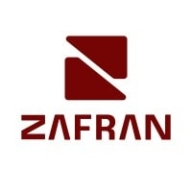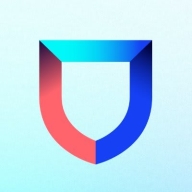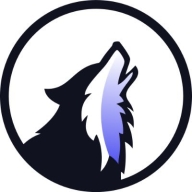


Lacework FortiCNAPP and Vicarius vRx compete in the cybersecurity software market. Lacework FortiCNAPP appears to have the upper hand due to its comprehensive support and proactive customer interaction, offering significant ROI through automation.
Features: Lacework FortiCNAPP offers robust anomaly detection, security compliance insights, and user-friendly dashboards. It effectively distills security logs and prioritizes alerts based on severity. Vicarius vRx distinguishes itself with patchless protection and automated patching, especially for third-party software, providing efficient asset-based scanning and remediation capabilities.
Room for Improvement: Lacework FortiCNAPP requires enhancement in IAM security controls, data governance, and alert filtering. Integration with tools like Slack and FedRAMP authorization are desired. Vicarius vRx could improve its manual patchless application, user interface, and multi-tenant portal, with a need for expanded cloud integration.
Ease of Deployment and Customer Service: Both products offer robust cloud deployment options. Lacework is noted for its proactive support and comprehensive customer interaction via Slack and email. Vicarius vRx's support is considered adequate, though less frequent post-integration. Lacework’s superior customer service adds an advantage.
Pricing and ROI: Lacework FortiCNAPP's intricate licensing brings substantial ROI by automating tasks and reducing manual labor costs. Vicarius vRx, competitively priced with a per-asset pricing model, scales with client needs. Despite being perceived as slightly expensive, it is attractive for customers with diverse operating systems.



Zafran Security integrates with existing security tools to identify and mitigate vulnerabilities effectively, proving that most critical vulnerabilities are not exploitable, optimizing threat management.
Zafran Security introduces an innovative operating model for managing security threats and vulnerabilities. By leveraging the threat exposure management platform, it pinpoints and prioritizes exploitable vulnerabilities, reducing risk through immediate remediation. This platform enhances your hybrid cloud security by normalizing vulnerability signals and integrating specific IT context data, such as CVE runtime presence and internet asset reachability, into its analysis. No longer reliant on patch windows, Zafran Security allows you to manage risks actively.
What are the key features of Zafran Security?
What benefits can users expect from Zafran Security?
In industries where security is paramount, such as finance and healthcare, Zafran Security provides invaluable protection by ensuring that only exploitable vulnerabilities are addressed. It allows entities to maintain robust security measures while allocating resources efficiently, fitting seamlessly into existing security strategies.
Lacework FortiCNAPP provides robust cloud security, combining vulnerability management and multi-cloud insight with user-friendly controls, machine learning detection, and compliance support.
Lacework FortiCNAPP specializes in cloud security by merging machine learning anomaly detection with agent-based vulnerability management to offer detailed alerts and compliance reports. Its comprehensive approach allows continuous monitoring across AWS and Kubernetes, providing insights from an attacker's perspective. The platform offers automation and seamless Slack integration, facilitating collaborative and efficient cloud security management. Users value its ability to handle multi-cloud environments and scan IAC scripts, configurations, and compute nodes across AWS and GCP.
What are the key features?Organizations across sectors leverage Lacework FortiCNAPP for cloud security, focusing on compliance, security posture, and vulnerability management. It is widely used for monitoring AWS and Kubernetes environments, scanning IAC scripts, configurations, and securing compute nodes. It supports multi-cloud security posture management and log ingestion, enabling companies to maintain strong cloud infrastructures without dedicated security layers.
Vicarius vRx supports managed service providers and partners with compliance packages, vulnerability management, and patching for PCI, HIPAA, and cybersecurity needs, focusing on third-party and OS patching, especially on Microsoft Windows.
Vicarius vRx automates patching, virtualized patching, and severity prioritization through its cloud-based, agent-based approach which enhances consistency and flexibility. It includes patchless protection to block malware in unpatched software and features simplified dashboards for integrated vulnerability discovery and remediation. Users appreciate the user-friendly scripting engine, efficient third-party software patching, and real-time cybersecurity updates. Community support and customizable deployment options further add value. However, users find name changes and login difficulties confusing and report tediousness when configuring multiple reports. Desired improvements include virtual environment for patch testing, enhanced network device vulnerability scans, and better Microsoft Endpoint Manager interactions.
What are the key features of Vicarius vRx?Among managed service providers, Vicarius vRx is implemented for updating systems, showing capabilities to customers in lab environments, and securing endpoints through agent-based patching. These providers use vRx to efficiently manage third-party software patching and to maintain cybersecurity standards across industries.
We monitor all Vulnerability Management reviews to prevent fraudulent reviews and keep review quality high. We do not post reviews by company employees or direct competitors. We validate each review for authenticity via cross-reference with LinkedIn, and personal follow-up with the reviewer when necessary.